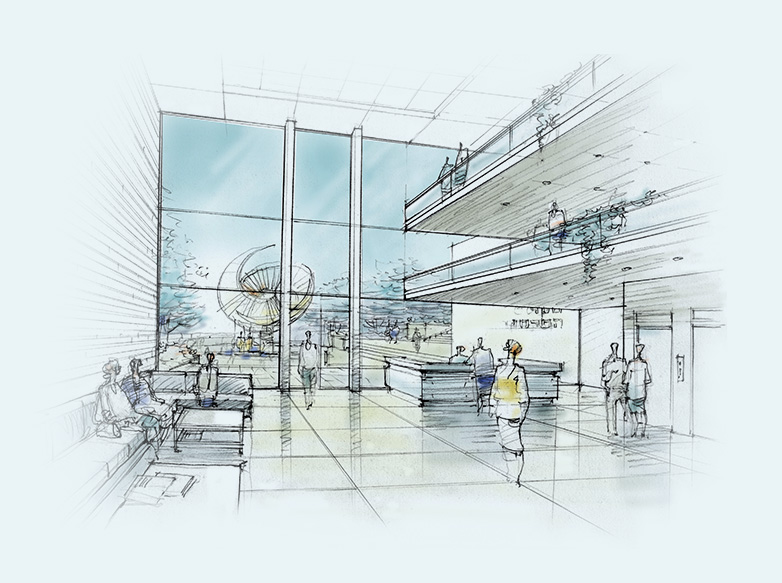Traditionally, system coordination is performed on layers of information that come from two-dimensional formats. The most important factor in this type of examination is the human element whose error margin has to be taken into account in each project. Because all possible errors in planning aren’t identified in these early stages, there arises the subsequent need to correct such errors during execution.
The cost of correcting these errors is estimated at a “delicate” 7% of the total cost of each project. Coordinating the systems on the BIM model optimizes the process, bringing the number of planning errors to almost zero and thus saves considerable costs.
We at We BIM know how to provide the perfect solution for system coordination using the BIM model, with all the pre-requisites for complete coordination already defined in the BIM protocol.
Coordinating the systems through an information-based model (BIM) streamlines the process. Such coordination is carried out during the planning process, with each planning area constantly exposed to all the possible errors that are present in a simple procedure. At the same time, perfect coordination is carried out by experts who monitor the development of the planning and the changes throughout the process, and send planners extremely detailed and clear instructions on the model that leave no room for errors and misunderstandings.







